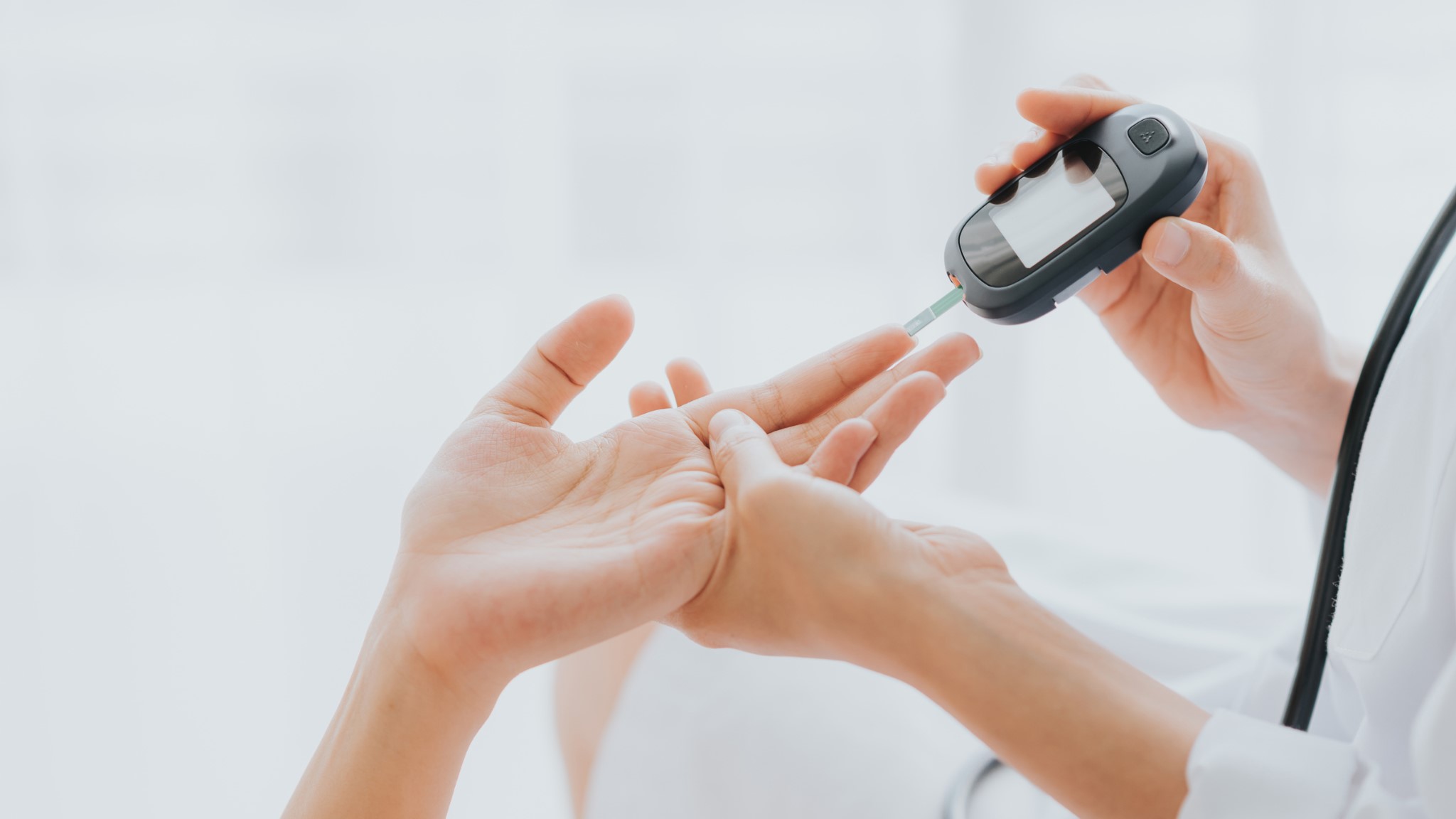
Diabetic Ketoacidosis (DKA) in diabetes care often causes worry for patients and caregivers. This serious complication of diabetes occurs when the body produces high levels of blood acids called ketones. It’s important to understand the ins and outs of diabetic ketoacidosis, from its causes and symptoms to its management and prevention. Let’s delve into the depths of DKA and shed light on what you need to know.
Understanding Diabetic Ketoacidosis
Diabetic ketoacidosis is primarily associated with type 1 diabetes, although it can occur in individuals with type 2 diabetes under certain circumstances. It’s characterized by high blood sugar levels (hyperglycemia), dehydration, and the presence of ketones in the blood and urine. Ketones are acidic byproducts of fat breakdown that accumulate when the body doesn’t have enough insulin to use glucose for energy.
Causes of Diabetic Ketoacidosis
Several factors can trigger diabetic ketoacidosis (DKA), notably an insulin deficiency, often stemming from missed doses, illness, or inadequate dosage. Illnesses and infections can also elevate blood sugar levels, increasing insulin demand and potentially leading to DKA. Stress, whether physical or emotional, may exacerbate DKA risk by elevating stress hormone levels, which can counteract insulin’s effects. Additionally, certain medications such as corticosteroids or diuretics can contribute to insulin resistance, further increasing susceptibility to DKA. (CDC, 2022)
Moreover, individuals with a history of alcohol abuse may be at higher risk for DKA due to its impact on insulin sensitivity and glucose metabolism. Insufficient hydration, particularly during hot weather or intense physical activity, can also precipitate DKA by exacerbating dehydration and electrolyte imbalances. Monitoring blood sugar levels regularly, adhering to prescribed insulin regimens, and promptly addressing any signs of illness or stress can help mitigate the risk of DKA.
Symptoms of Diabetic Ketoacidosis
Diabetic ketoacidosis (DKA) can manifest rapidly, often emerging within 24 hours, and may serve as the initial indicator of diabetes for some individuals. Symptoms commonly include excessive thirst, frequent urination, nausea accompanied by vomiting, abdominal discomfort, weakness or fatigue, shortness of breath, fruity-smelling breath, and confusion. More definitive signs of DKA, detectable through home blood and urine tests, encompass elevated blood sugar levels and increased ketone concentrations in urine. These indicators highlight the severity of the condition, emphasizing the importance of prompt medical attention.
Swift recognition and management of DKA are essential to prevent complications and potentially life-threatening consequences. Individuals experiencing these symptoms, particularly those with known diabetes or at risk of the condition, should seek immediate medical evaluation to mitigate the progression of DKA and its associated risks. (Diabetic Ketoacidosis)
Diagnosis and Treatment
Prompt diagnosis and treatment of DKA are essential to prevent serious complications such as coma or death. Diagnosis typically involves blood tests to measure blood sugar, ketone levels, and electrolyte imbalances. Treatment often requires hospitalization and may include:
- Fluid Replacement: Intravenous fluids are administered to rehydrate the body and correct electrolyte imbalances.
- Insulin Therapy: Insulin is given intravenously to lower blood sugar levels and halt ketone production.
- Electrolyte Replacement: Imbalances in electrolytes such as potassium and sodium are corrected through intravenous supplementation.
- Treatment of Underlying Causes: Any underlying factors contributing to DKA, such as infections, are addressed simultaneously.
- Preventing Diabetic Ketoacidosis: While DKA can be a life-threatening complication, it’s often preventable with proper diabetes management. Here are some strategies to reduce the risk of DKA:
- Monitor Blood Sugar Levels: Regularly monitor blood sugar levels and adjust insulin doses as needed.
- Take Insulin as Prescribed: Adhere to your insulin regimen and don’t skip doses without consulting your healthcare provider. (Mayo Clinic, 2022)
- Stay Hydrated: Drink plenty of water to prevent dehydration, especially during illness or periods of stress.
- Be Prepared: Have a plan in place for managing sick days, including monitoring blood sugar more frequently and adjusting insulin doses as necessary.
- Seek Prompt Medical Attention: If you experience symptoms of DKA, seek medical attention immediately to prevent complications.
When to Go to the ER
Diabetic ketoacidosis, a severe diabetes complication, demands immediate medical attention. Comprehending its causes, symptoms, diagnosis, and treatment is important for diabetes patients and caregivers. Through preventive measures and vigilance, the risk of DKA can be mitigated, enabling individuals with diabetes to maintain healthier lifestyles and avoid potentially life-threatening complications.
Works Cited
“Diabetic Ketoacidosis.” Centre for Disease Control and Prevention, 2022, www.cdc.gov/diabetes/basics/diabetic-ketoacidosis.html.
“Diabetes & DKA (Ketoacidosis).” Diabetic Ketoacidosis – Signs & Symptoms | ADA, diabetes.org/about-diabetes/complications/ketoacidosis-dka/dka-ketoacidosis-ketones.
Mayo Clinic. “Diabetic Ketoacidosis.” Mayo Clinic, Mayo Foundation for Medical Education and Research, www.mayoclinic.org/diseases-conditions/diabetic-ketoacidosis/symptoms-causes/syc-20371551.
